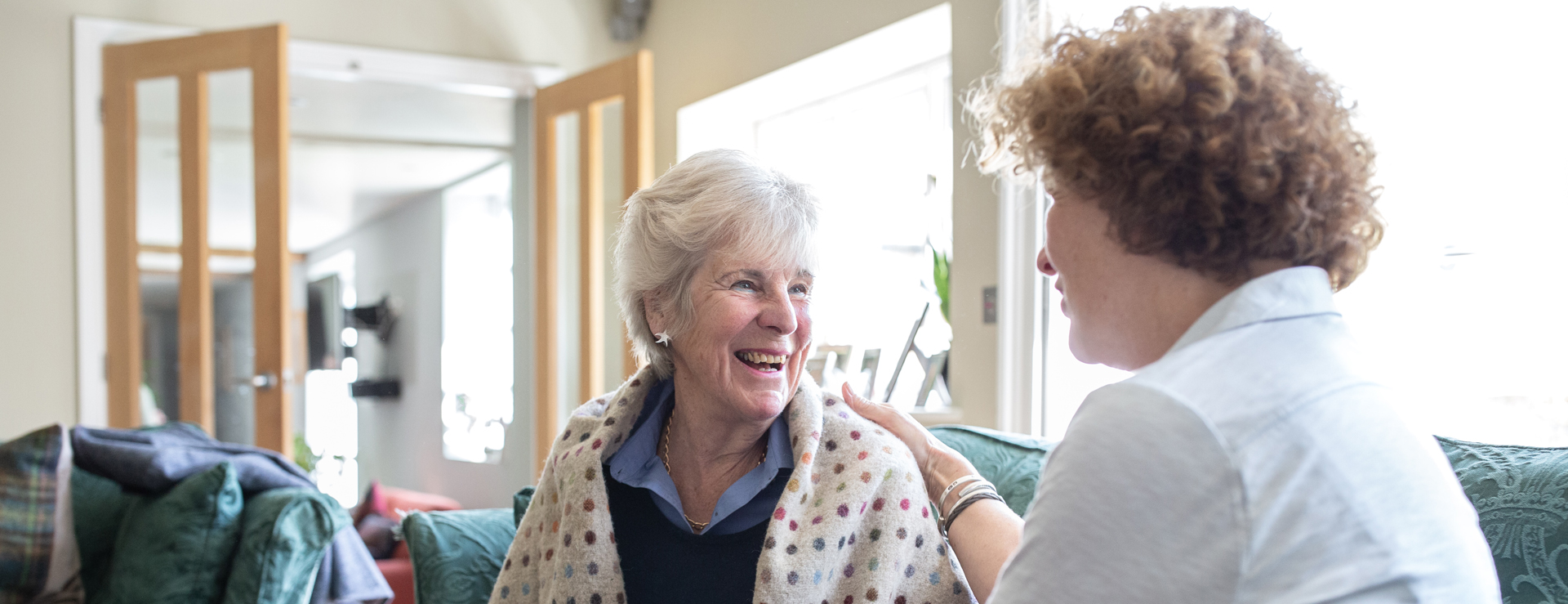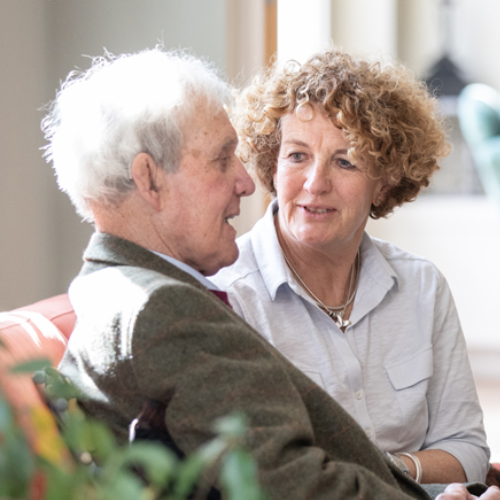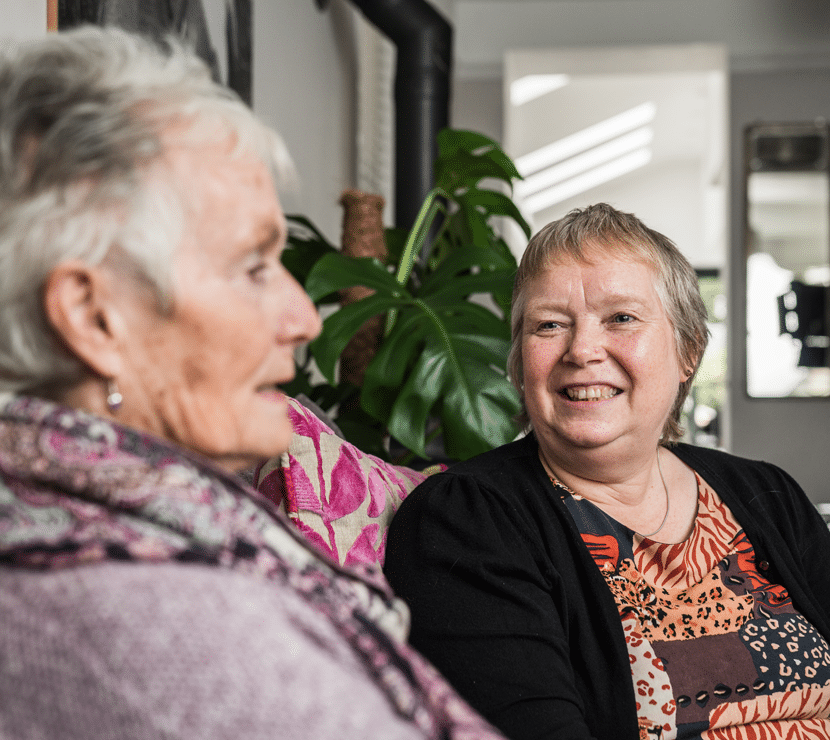At Oxford Aunts, we celebrate staying healthy and active at every age. Regular physical activity has many benefits for older adults including maintaining mobility, strength, and overall well-being. However, we also recognise that traditional exercise routines may only be suitable for some. That’s why we recommend chair-based exercises, a safe and effective way to keep fit from the comfort of your own home.
Whether you want to improve your strength, enhance your coordination, or simply stay active, these exercises can be tailored to meet your needs. Follow our six essential rules to ensure your chair-based exercise routine is both beneficial and enjoyable.
6 tips for chair-based exercises
As part of our commitment to ensuring the well-being of our clients at Oxford Aunts, we have compiled a set of essential guidelines for chair-based exercises. These exercises are perfect for maintaining mobility and strength, especially for those who find traditional workouts challenging. Follow these six rules to ensure a safe and effective exercise routine.
1. Select a sturdy chair
Always use a strong chair with armrests, avoiding those that are too soft. The ideal chair should allow your thighs to be parallel with the floor when seated, providing the necessary support and alignment for your exercises.
2. Steady movements are Key
To prevent muscle and joint strain, keep your arm and leg movements steady and controlled. Start with one limb at a time and, as your coordination improves, try combining arm and leg movements. Typically, 10 to 12 repetitions per minute are sufficient, but listen to your body and adjust as needed.
3. Warm up and cool down
Begin each session with a gentle warm-up to gradually increase blood flow to your heart muscles. Similarly, finish with a cool-down to help your body return to its resting state. You can perform these exercises at a lower intensity for warming up or cooling down, and more vigorously during the main part of your session.
4. Moderate intensity is best
Aim for moderate-intensity exercise, where you feel slightly breathless and warmer than usual. Adjust the intensity based on how you feel each day, as some days you may have more energy than others.
5. Remember to breathe
It’s crucial not to hold your breath during exercises. Focus on steady breathing, particularly when lifting your arms or legs or trying to maintain balance. Regular breathing ensures your muscles get the oxygen they need.
6. Limit Arm Exercises to Below Head Height
Keep arm exercises below head height to reduce the strain on your heart and minimise breathlessness. This approach helps ensure that your heart doesn’t have to work as hard to pump blood against gravity.

5 easy chair-based exercises
Here are three simple chair-based exercises that can be done from the comfort of your own home. Remember to always consult your GP before trying any new exercise programs.
Seated marching
- How to do it:
- Sit comfortably in a sturdy chair with your feet flat on the floor.
- Lift one knee as high as you can while keeping your back straight.
- Lower your leg back to the starting position and then lift the other knee.
- Continue alternating legs in a marching motion.
- Benefits:
- This exercise helps improve leg strength and enhances circulation.
Arm circles
- How to do it:
- Sit up straight in your chair with your feet flat on the floor.
- Extend your arms out to the sides at shoulder height.
- Slowly make small circles with your arms, gradually increasing the size of the circles.
- After 10-15 seconds, reverse the direction of the circles.
- Benefits:
- Arm circles help improve shoulder mobility and strengthen the upper arms.
Seated toe taps
- How to do it:
- Sit near the edge of your chair with your feet flat on the floor.
- Tap your toes on the floor, lifting your heels off the ground.
- Continue tapping your toes quickly for about 20-30 seconds.
- Benefits:
- This exercise increases lower leg strength and promotes better circulation in the feet and ankles.
Ankle rotations
- How to do it:
- Sit comfortably in a sturdy chair with your feet flat on the floor.
- Lift one foot off the ground and gently rotate your ankle in a circular motion.
- Perform 10 rotations in one direction, then switch to the other direction.
- Lower your foot and repeat with the other ankle.
- Benefits:
- Ankle rotations help improve flexibility and joint mobility, reducing the risk of ankle injuries.
Seated side bends
- How to do it:
- Sit up straight in your chair with your feet flat on the floor and your hands resting on your thighs.
- Slowly bend to one side, reaching your arm down towards the floor while keeping the other arm on your thigh for support.
- Hold the stretch for a few seconds, then return to the starting position.
- Repeat the movement on the other side.
- Benefits:
- Seated side bends stretch the muscles along the sides of your torso and help maintain spinal flexibility.

Helpful resources
NHS Live Well: Fitness – Sitting Exercises
The NHS Live Well website offers a comprehensive guide to sitting exercises specifically designed for older adults. These exercises can help improve mobility, flexibility, and overall health while being safe and manageable from an armchair.
Age UK provides a variety of resources and guides on staying active at home, including armchair-based exercises. These exercises are designed to help maintain strength and balance, which are crucial for preventing falls and maintaining independence.
The home you love is best for one-to-one care
As an established and reputable live-in care provider, we have supported families throughout Oxfordshire and its surrounding counties for over 50 years. Our high-quality elderly care service is focused on improving health, well-being and quality of life.
Contact our friendly and approachable team to learn more and arrange for your own care assessment.
Talk to us about your live-in care needs
Call our friendly and approachable team today to see how we can help you and your family.
Call us at 01865 791 017





